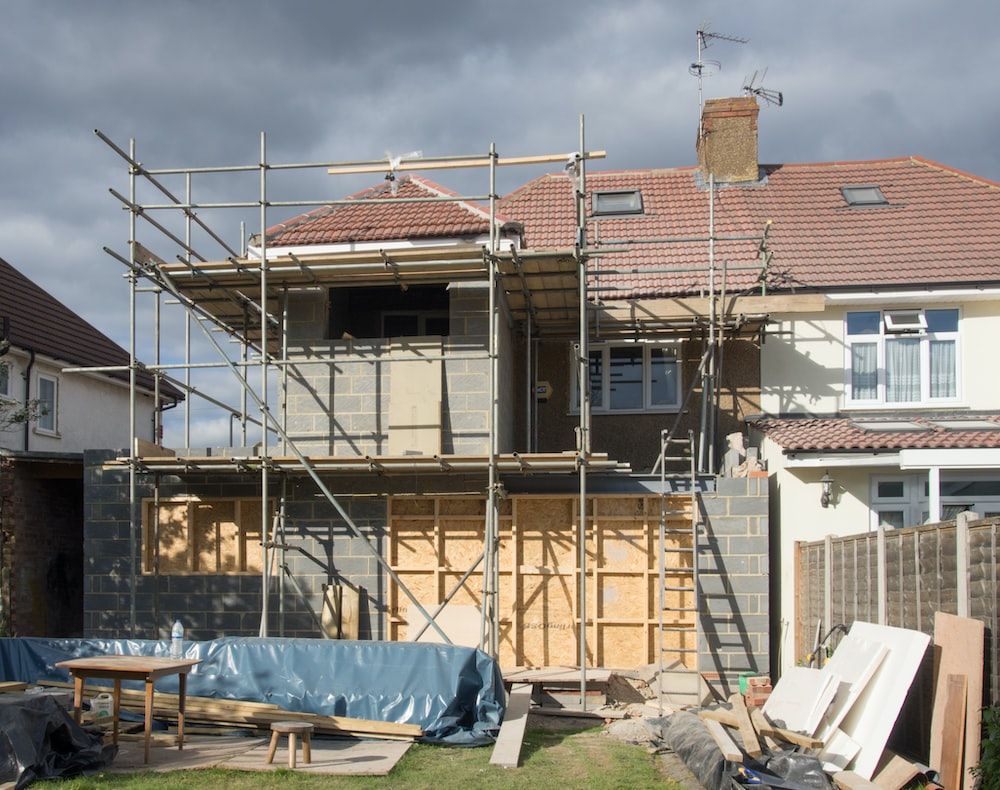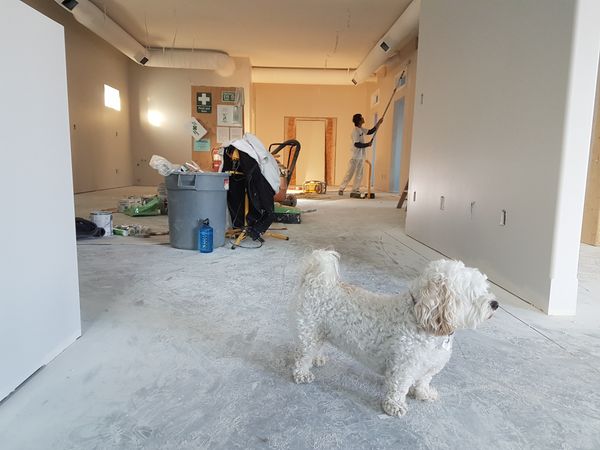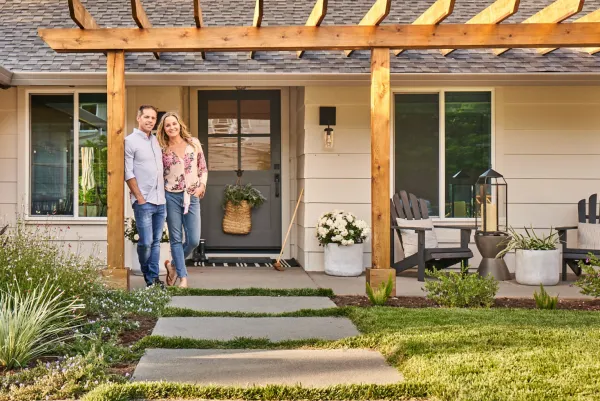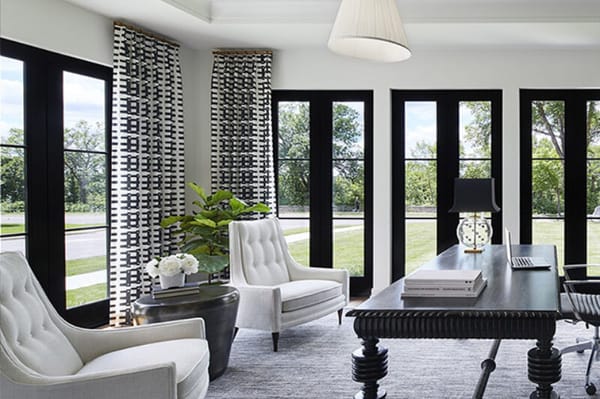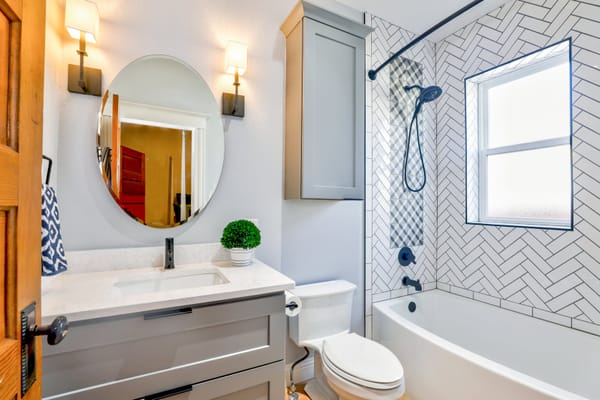With the rising costs of property and increasing demand for space, many homeowners are opting for a more efficient solution: adding a second floor to their existing house. Adding another story can maximize living space, increase property value, and breathe new life into an old structure. If you're considering this ambitious renovation, here's a comprehensive guide to help you understand the process.
Assess and Plan
Structural Integrity
Before anything else, determine if your current house can bear the weight of an additional floor. This means checking the foundation, walls, and beams. A structural engineer can offer a professional evaluation.
Zoning and Permits
Check with your local city or county building department. There are zoning laws, height restrictions, and other regulations that might affect your plans. Obtain necessary permits to avoid legal complications.
Budgeting
Estimating costs is crucial. This includes construction, materials, labor, permits, and unforeseen expenses. Seek multiple quotations from contractors to get an accurate budget.
Design
Architectural Input
Collaborate with an architect to create a design that's both functional and aesthetically pleasing. Ensure it complements the existing structure and neighborhood.
Interior Design
Think about room layouts, open spaces, windows, and stair placement. It's your chance to correct any design flaws from the first floor or add features you've always wanted.
Prepare the Existing Structure
Temporary Relocation
Since adding a second floor is a major renovation, you might need to vacate your house for safety and convenience. Make arrangements for a temporary stay.
Roof Removal
The existing roof will need to be removed to make way for the new floor. This is a complex process requiring skilled professionals.
Strengthening the Base
Depending on the assessment, your first floor might need reinforcements. This could mean bolstering walls, adding beams, or enhancing the foundation.
Construction of the Second Floor
Framing
Once preparations are complete, the construction of the new floor begins with framing. This outlines rooms, corridors, and open spaces.
Utilities
Plumbing, electrical wiring, and HVAC systems need to be extended to the new floor. Coordinate with professionals for these installations.
Exterior Work
This includes adding siding or brickwork, constructing a new roof, and installing windows and doors.
Finishing Touches
Insulation and Drywall
To ensure energy efficiency and comfort, insulate walls and ceilings before installing drywall.
Painting and Flooring
Once drywall is set, painting and flooring installation are the next steps. Choose materials and colors that align with your vision.
Fixtures and Fittings
This involves installing light fixtures, bathroom and kitchen fittings, cabinets, and other built-ins.
Inspection and Approval
After construction, have your house inspected by relevant authorities to ensure it meets all safety standards and regulations. Only after receiving clearance can you reoccupy the house.
Benefits of Adding a Second Floor
Beyond just creating extra space, adding a second floor comes with several advantages:
Increased Property Value
A well-executed addition often boosts the property's value. This can be beneficial if you ever decide to sell or refinance your home.
Personalization
An added floor means you can customize your space exactly as you envision. Whether you crave a spacious master suite, a home office, or an entertainment room, the possibilities are endless.
Energy Efficiency
Modern construction methods and materials typically offer better insulation and energy efficiency. This can result in savings on heating and cooling costs over time.
Preserving Yard Space
Instead of extending outward and consuming yard space, building upwards ensures you maintain outdoor living and recreational areas.
Potential Challenges
While the benefits are compelling, it's also essential to recognize potential challenges:
Time-Consuming
Depending on the project's complexity, it can take several months to complete. Homeowners should be prepared for a long-term commitment.
Unexpected Costs
As with any significant construction project, unforeseen challenges can arise, potentially leading to additional expenses.
Noise and Disruption
Construction can be noisy and disruptive. If you're living nearby during the renovations, be prepared for some disturbances.
Final Thoughts
A second story addition can be a game-changer, transforming not just your home's aesthetics, but also significantly increasing its value. As families grow and first floor living space becomes limited, many homeowners find the solution in expanding upward. While a partial second story might be suitable for some, others may opt for a full second story to maximize the home's square footage. However, it's crucial to consult with the local building department and ascertain if your ground floor and foundation can handle the additional weight of a new floor.
Second story additions come with their set of complexities. From ensuring the first floor ceiling can handle the new structure to comprehending the story addition cost per square foot, meticulous planning is vital. The costs can vary widely based on design intricacies, materials used, and whether you're adding to the entire house or just a segment.
To conclude, a second floor addition is more than just stacking another layer on your home; it's about enhancing your living experience. And while the process may be daunting, the rewards, in terms of increased space and home valuation, are worth the investment. Always take a calculated approach, understand every aspect, and soon, you'll be enjoying a rejuvenated space above your existing domain.

